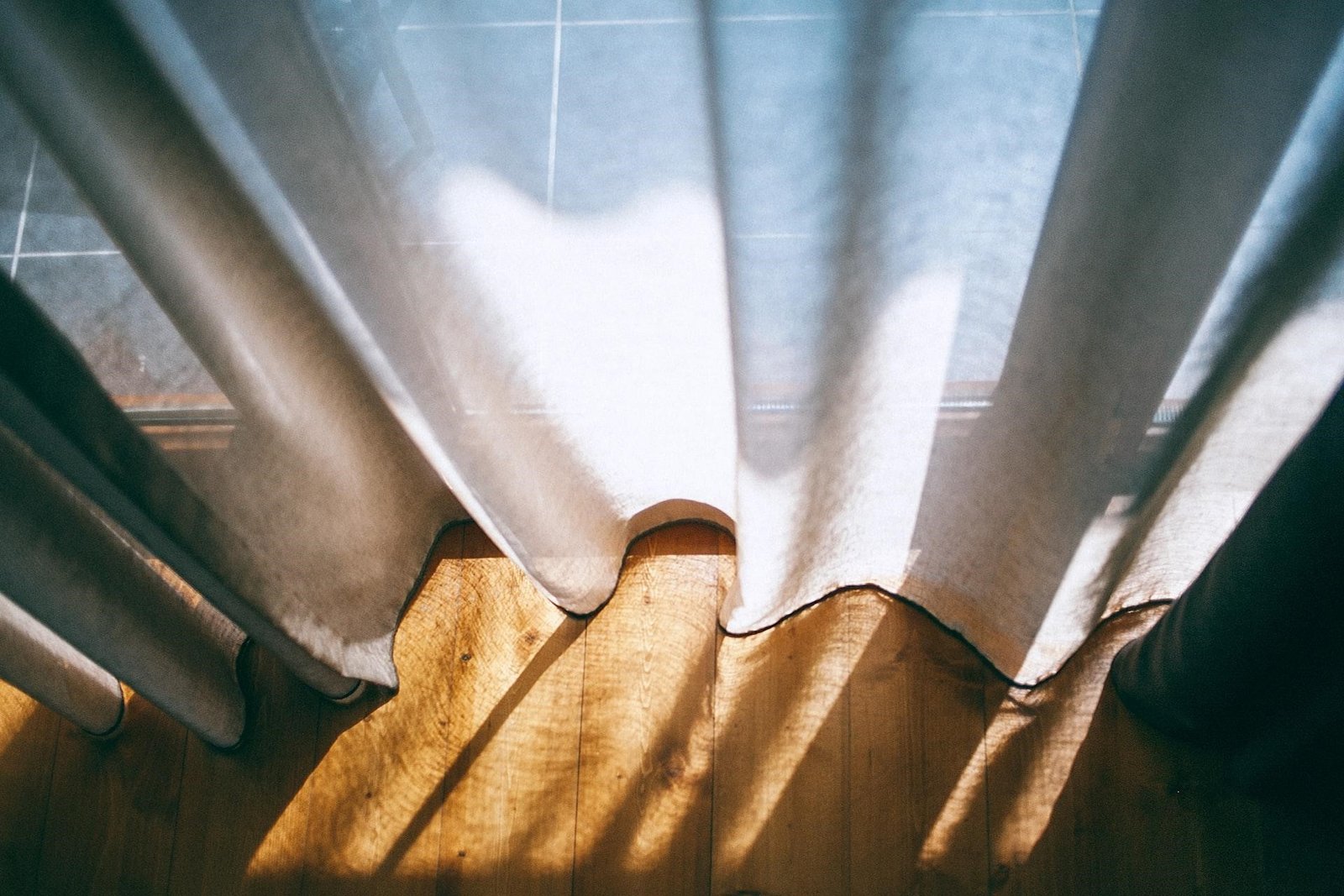Top 10 Things to Consider When Buying Curtains

Window treatments are an important home accessory for several reasons. For one, they can provide insulation that will ultimately save you money. Then, they control the amount of light that filters through your windows and in that way provide UV protection. Thanks to all these benefits, window treatments such as curtains aren’t cheap.
The price is one of the reasons why so many Australians are serious about their choice of window treatments. Because of the hefty amount of money the window treatments can cost, choosing the right ones is important.
That’s why when you’re buying curtains there are certain things to consider. Let’s see what those things are.
1. The purpose of curtains
Before you start your curtain shopping journey, make sure you know what will be the purpose of the curtains you’re buying. Curtains have many purposes – some people want them to block light and increase privacy, and others simply want them as decoration.
Blackout curtains, for example, in addition to blocking light, can serve as insulation and they also absorb noise. So, maybe that’s something you’re looking for as well.
All in all, before you go shopping consider the purpose of curtains in your room.
2. Consider the room
The next tip is to consider the room you’re buying the curtains for. You shouldn’t have the same curtains in the living room and your bedroom. In your living room, you should have curtains that let enough light in, but also curtains that are inviting and welcoming.
Your bedroom should be a relaxing sanctuary for you, and as such, it should have curtains that block out light and allow you to relax and sleep. This means that you shouldn’t hang animated curtains in your bedroom but something serene and neutral.
3. Fabric and color
Once you know the purpose of the curtains and when you factor in the room you’ll be installing them in, the next thing to consider is the fabric and color. The fabric of curtains is probably the most important thing to consider when buying them because it will tell you their quality and durability.
You may have noticed that in most homes people like to combine different types of materials for their curtains. For example, a good combination is linen or cotton with velvet or suede materials. Airy and light materials that let in light during the day include cotton, silk, faux silk, and linen, while thick, light-blocking, insulating materials are considered to be velvet, suede, felt, and so on.
When it comes to curtain colors, the best choices are those that will complement the room. That means looking for curtains that will go well with your furniture, walls, carpet, and so on.
For example, for rooms with neutral-colored walls, you can be bold with your curtain color and pattern choices. On the other hand, if your room already has walls painted with bold colors, go light on the curtains.
4. Length and lining
Believe it or not, the length of your curtains can seriously affect the size of your room – at least visually. In small rooms, the best solution is to choose long curtains that go well above the window. The long curtains will make the room look higher than it is. Some designer rule is to go at least six inches above the window frame.
In addition to length, curtain lining is also another thing to keep in mind. Some curtains come with lining and some without. Those that have a lining, are curtains with a second layer of fabric behind the main one.
This lining adds weight and structure to the overall design of the curtains. And not just that, but the additional layer also increases privacy and prevents harmful UV rays from damaging your interior.
Unlined curtains, on the other hand, will appear light and airy due to having only one layer.
5. Density and thread count
It may seem funny, but keep an eye on curtains density and thread count, especially when buying online. Curtains that have higher density will provide you privacy and will also block the sun from coming in.
Then we have curtains with moderate density and thread count, which means that they can block light but not as well as those with high density. Curtains with low density are likely sheer and thin and are not used as blackout curtains. Those with low density can be used together with higher-density curtains to provide you with the privacy you are looking for.
6. To layer or not to layer
Which brings us to the following question – to layer or not to layer curtains? And there’s no right or wrong answer, simply what you prefer. Layering two types of curtains will add more texture and drama to your space. It will also give you more flexibility. You’ll be able to control when to use which layer. People like to combine lighter and heavier curtains.
But you also have the option of combining curtains with some roller blinds or shades. In this case, the curtains will serve as more of a decor piece while the shades or blinds will provide privacy and restrict the light from getting in whenever you want.
7. Care and maintenance
When choosing curtains, you should also pay attention to their upkeep. Depending on how much maintenance you’re ready to do – you can choose curtain fabrics that are easily washed in a washing machine and air dried, or you can choose curtains that require dry cleaning or hand washing.
The type of curtain care and maintenance will also dictate how long your curtains will last.
8. Off-the-shelf or custom made
Today, it’s not difficult to find off-the-shelf curtains in many different materials and designs. So, buying ready-made curtains is a good option. However, you have the option of getting your curtains custom-made.
Getting curtains custom-made allows you to choose the fabric, pattern, design, and dimensions according to the size of your windows and the style of your home.
9. DIY or consult
Choosing the right type of curtains for your home is not as easy as you may assume. Of course, you always have the option of choosing the curtains yourself. However, since the price of curtains is so high, the best would be not to risk it and consult with professionals. Most companies that sell curtains in Sydney, also offer professional consultations.
This means that a consultant will come to your home and give you advice on the type of curtains you should get in each room of your house. They will also offer to make curtains and even install them for you.
Today, we also have the option of video consultations if that’s something that you prefer.
10. Header type
The last but not the least thing to keep in mind when browsing curtains is the header type. The header type will mainly depend on the type of curtain rod and hardware you have. We have header types that include wave, eyelet, tab top, different pinch pleats, and other similar headers.
If you want your curtains to look elegant and glamorous – different pinch pleat headers are for you. A wave header is elegant and ideal for tall windows. The tab top and eyelet headers are best suited for modern spaces -curtains styled this way are simple, trendy, and very versatile.
As you can see, choosing the right type and style of curtains for your home is far from easy. There are so many things to consider that curtain-choosing is almost like a science unto itself.
Hopefully, this guide will help you choose the perfect curtains for your home.




